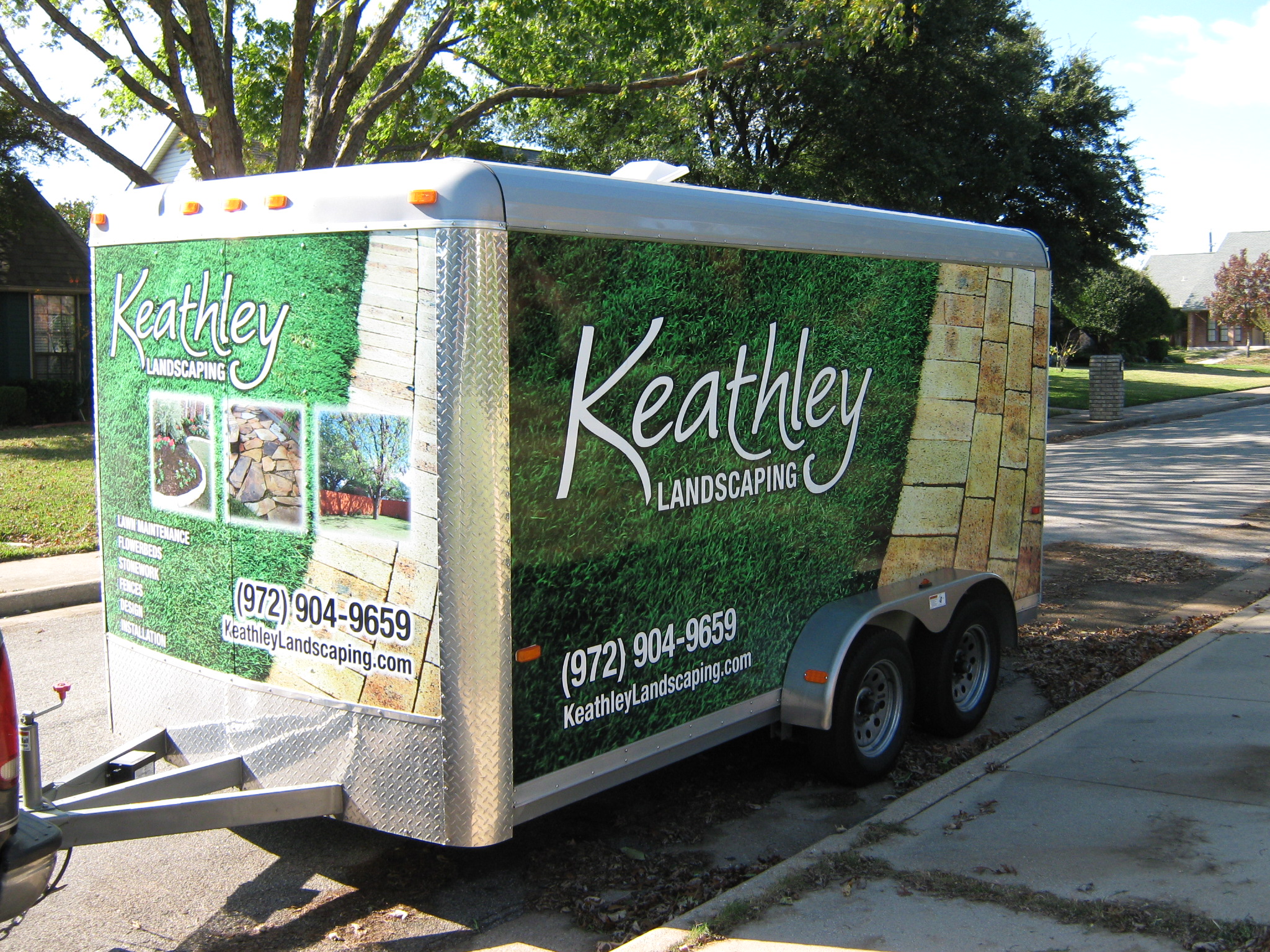Yard Drainage and Its Role in Sustainable Urban Planning
Urban living often conjures images of towering skyscrapers, bustling streets, and vibrant communities. Yet, beneath this urban facade lies a crucial component of city planning that often goes unnoticed: yard drainage. 🌿 Proper yard drainage not only ensures the longevity of urban infrastructure but also plays a significant role in sustainable urban planning. Let’s dive into how effective yard drainage can transform our cities for the better.
Table of Contents
1. Introduction to Yard Drainage
2. Why Yard Drainage Matters 🌧️
3. Techniques for Effective Yard Drainage
4. Yard Drainage in Sustainable Urban Planning
5. Conclusion
6. FAQs
Introduction to Yard Drainage
Yard drainage might sound like a mundane topic, but it’s a cornerstone of efficient urban development. At its core, it involves the management of rainwater and runoff to prevent flooding, soil erosion, and waterlogging in urban areas. Think of it as the unsung hero working tirelessly to keep your home and community dry and safe.
Why Yard Drainage Matters 🌧️
Imagine this: it’s a rainy day, and the water has nowhere to go. 🌧️ Without adequate drainage, this excess water can lead to a slew of problems, from damaging property to affecting the health of local ecosystems. Here’s why yard drainage is crucial:
Protects Infrastructure: Proper drainage prevents water from pooling around buildings, reducing the risk of structural damage.
Prevents Flooding: By directing water away from urban spaces, drainage systems help mitigate the risk of flash floods.
Preserves Green Spaces: Efficient drainage maintains the health of urban parks and gardens, allowing them to thrive.
Techniques for Effective Yard Drainage
Implementing the right drainage techniques can make all the difference. Here are some tried-and-true methods:
French Drains: These are trenches filled with gravel that redirect water away from problem areas. They’re perfect for areas with heavy rainfall.
Dry Wells: These underground structures collect excess water, slowly releasing it into the surrounding soil.
Grading: Adjusting the slope of your yard ensures water naturally flows away from structures and towards drainage points.
Yard Drainage in Sustainable Urban Planning
Incorporating yard drainage into urban planning is not just about preventing water damage; it’s about creating a sustainable future. Here’s how:
Reduces Urban Heat: Proper drainage supports green spaces, which in turn, cool down urban areas.
Enhances Biodiversity: Well-drained areas can support diverse plant and animal life, fostering urban biodiversity.
Promotes Water Conservation: Innovative drainage systems can capture and reuse rainwater, reducing the demand on municipal water supplies.
Conclusion
Yard drainage is more than just a practical necessity—it’s a pivotal element in sustainable urban planning. By understanding and implementing effective drainage solutions, we can create resilient, eco-friendly cities that thrive in harmony with nature. So next time it rains, remember that the drainage beneath your feet is doing its part to keep our urban environments safe and sustainable. 🌍
FAQs
Q: How can I tell if my yard has drainage issues?
A: Look for signs like persistent puddles, waterlogged soil, or erosion. These can indicate poor drainage and might require professional assessment.
Q: Can yard drainage systems be DIY projects?
A: While small projects like creating a rain garden can be DIY, larger drainage projects often require professional expertise to ensure effectiveness.
Q: How does yard drainage contribute to urban sustainability?
A: By preventing flooding, supporting green spaces, and enhancing biodiversity, yard drainage systems help cities adapt to environmental changes sustainably.
Q: What is the cost of installing a yard drainage system?
A: Costs vary depending on the system’s complexity and size, but investing in proper drainage can save money on future repairs and environmental damage.
Q: Can yard drainage help with water conservation?
A: Yes, systems like rain barrels or cisterns can collect rainwater for reuse, reducing reliance on municipal water supplies.





































Recent Comments